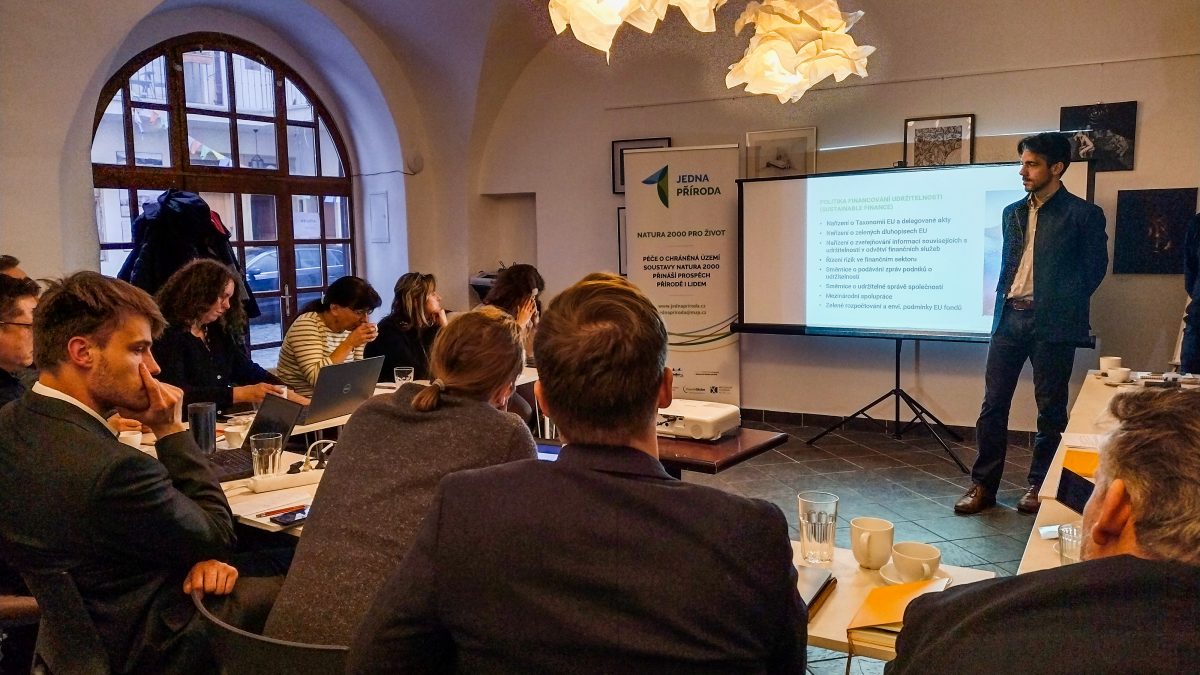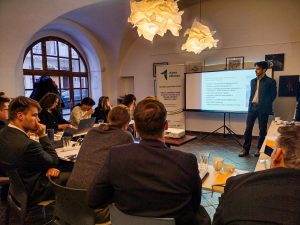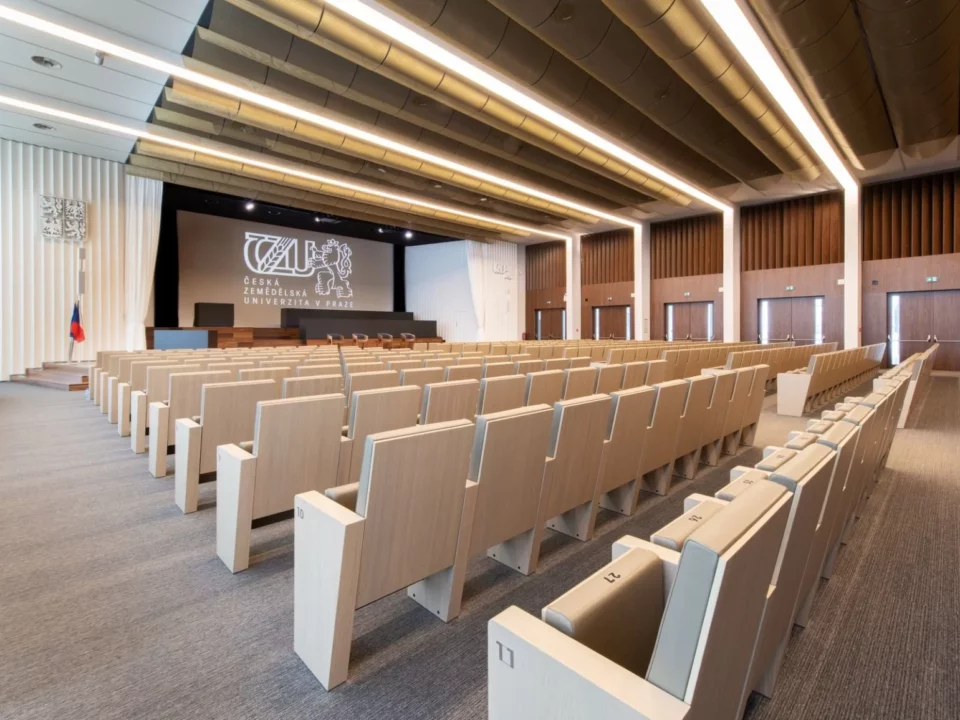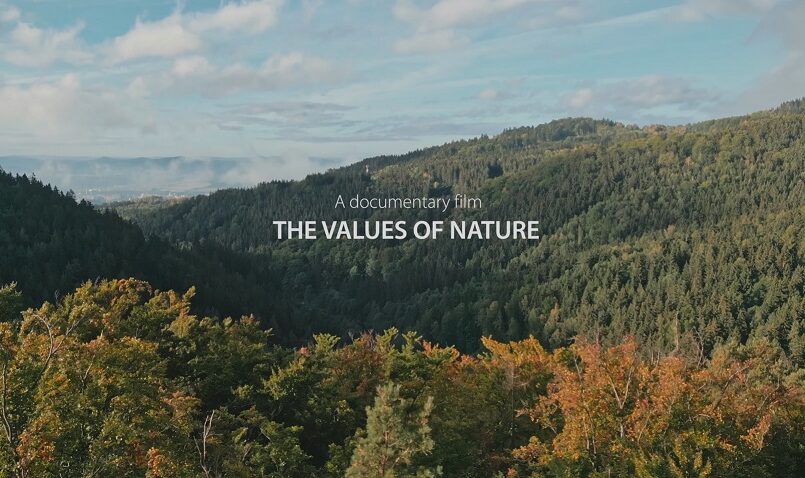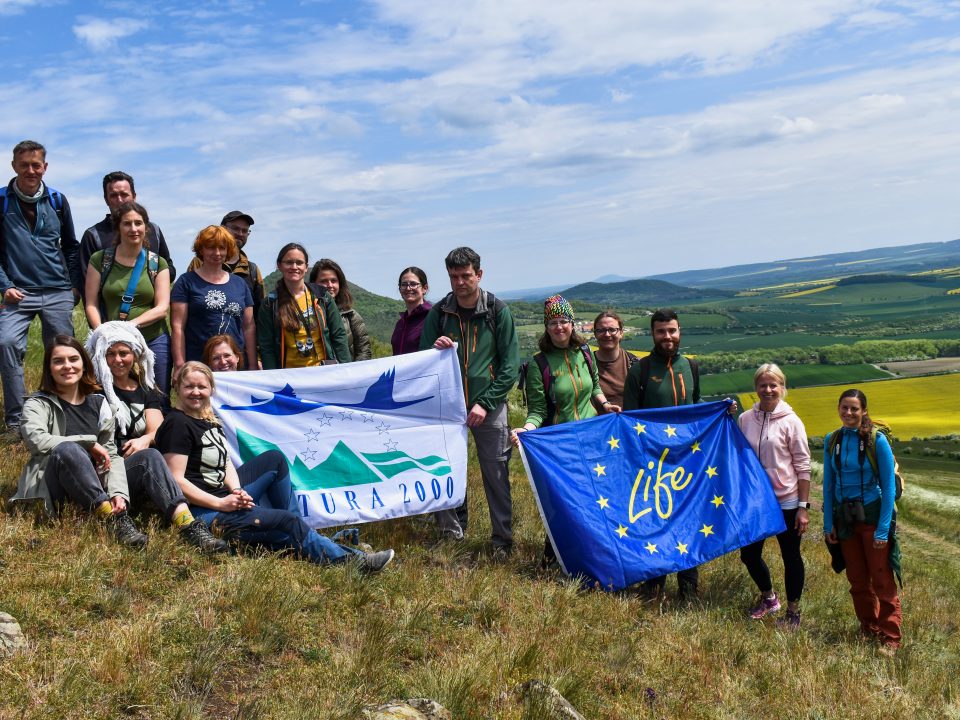How to improve the financing of Natura 2000 in the Czech Republic
At the end of January 2023, under the auspices of the One Nature project, the second round table focused on the financing of the Natura 2000 system took place, this time on sustainability of projects in nature and landscape protection. The discussion also included a presentation of the sustainability classification system – taxonomy of the EU.
Sustainability of projects is an often underestimated aspect, but it is a key prerequisite for meaningful spending of public funds. The current system implies that responsibility for project sustainability lies primarily with applicants, who may perceive it as just another obstacle to successful project implementation. However, these projects are overwhelmingly in the public interest, as they help to fulfil legal obligations. Nature conservation is the task of the entities concerned and these entities should logically also have responsibility for the sustainability of projects that help to fulfil legal obligations. However, this issue cannot be clearly grasped within the current system as it lacks a more comprehensive approach.
Experts from the relevant sectors stated that as currently set up and functioning, the system is very problematic although some parts may be set up well (e.g. the system of inspections, cooperation with partners in the field during negotiations or project planning, or excellent input data and continuously updated data thanks to the national monitoring of sites and habitat mapping). Unfortunately, these positives do not outweigh the negatives inherent in the current situation.
From a practical point of view, it can be stated that it is not primarily a problem to obtain funding for a project that focuses on restoration management; the real problem is to maintain the management after the project has ended, and to do so in a long-term, high-quality and efficient manner. There is a lack of contractors to implement the measures, and poor communication between the different actors or overly long, and therefore binding, sustainability settings also cause problems.
The full implications of the need to improve the nature conservation funding strategy, which has a direct impact on effective biodiversity conservation, are on full display here. Proposals that would make a significant contribution to improving the sustainability system include:
- More advocacy for the idea that conservation projects are in the public interest, and therefore for the sustainability of these projects.
- Set up an appropriate funding system not only for restoration management, but especially for recurrent, maintenance management.
- Bring the legislative framework into harmony.
- Develop a methodology for the interpretation of the Public Procurement Act.
As sustainability is inherently a very broad topic involving many actors, assets or frameworks, including the private sector, the EU taxonomy was also presented during the roundtable. This is a classification system that creates a list of environmentally sustainable economic activities and thus it should contribute to mobilising private capital to achieve a low-carbon economy.
The EU taxonomy covers six main objectives, including the protection and restoration of biodiversity and ecosystems. Its presentation at the round table was therefore more than relevant. However, it remains to be seen whether the system will help shift investment to where it is most needed. Implementation of the EU taxonomy is still in its infancy in the field of nature conservation and biodiversity and ecosystems protection.
The issue of co-financing and pre-financing of projects is also worth mentioning. These topics were discussed at the first round table held last autumn. Representatives from the government, NGOs, banking, private and research sectors provided their expert insights.
High co-financing, for example, was mentioned among the problems defined. When co-financing is required in excess of 10%, smaller organisations are often completely excluded from the programmes as potential applicants. It should be added that for some organisations even less than 10% co-funding is an obstacle and a limit to the implementation of more costly projects.
One of the conclusions of the roundtable was to underline the fact that the state administration approaches the co-financing of projects in an unsystematic way. Loans to NGOs for co-financing are a good servant but a bad master. The problem needs to be approached systemically – for example, through low-interest loans from the National Environmental Fund.
Projects often need to be pre-financed because payments are made only after activities have been carried out, and often with long delays. Implementing entities are therefore often left with no option but to bridge such a period with a loan. However, loans are generally perceived as an indicator of a dysfunctional subsidy system and should ideally not be needed at all. As far as loans are concerned, establishment of a model similar to the Agriculture and Forestry Support and Guarantee Fund would be optimal.
Another fundamental problem is the lack of trust and partnership. According to the roundtable participants, entities providing landscape management (typically NGOs) must be perceived by the providers of subsidies as partners and not as a potential risk in terms of misuse of funds.
The third roundtable will take place in March 2023.
The outcomes from all three roundtables will be further used in the One Nature Project as a basis for future aiming at activities dedicated to financial capacity strengthening and resource mobilisation.




